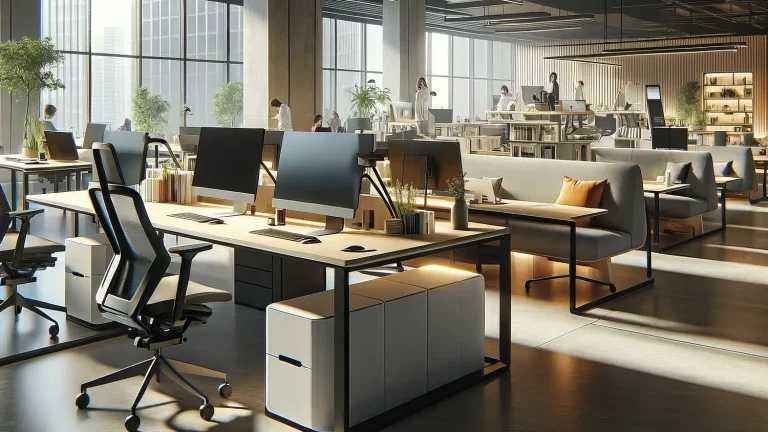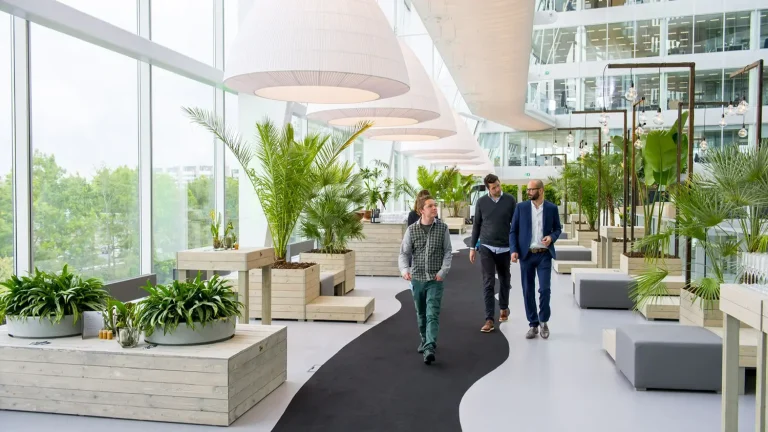A recent visit to a coworking space in Sydney’s CBD revealed a startling scene of disruption, underscoring a growing concern within our industry. On this particular day, every desk was filled, all 40 private phone rooms were occupied, and even areas meant for socialising or collaborative work had been overtaken by individuals seeking any available spot. In search of peace, I retreated to a nearby café, only to find it equally overrun, thwarting my plans for a productive day.
This scenario sharply contrasts with the visionary concept of coworking spaces, which have been heralded as bastions of flexibility and community. Originally, these spaces promised a buffet of workplace options—ranging from serene private offices to vibrant shared desks and everything in between. Yet, as their popularity has soared, many coworking locations are failing to keep up with the surge in membership, increasingly falling short of their utopian ideals.
The critical questions we face are: What’s driving this shift, and how can we realign with the foundational vision of coworking? Are these challenges merely a reflection of evolving member preferences, or have some operators overly prioritised growth and profit at the expense of user experience? Delving into these inquiries is imperative for the future vitality of coworking models.
At CR Commercial Property Group, we’ve observed similar patterns and understand that maintaining the delicate balance of community and availability is essential. The allure of coworking—its flexibility, the promise of community, and varied settings—appeals strongly to freelancers, remote workers, and even established companies seeking adaptable arrangements. However, the reality sometimes falls short of expectations, particularly when spaces become congested.
To address these issues, it may be necessary to reassess member behaviours and preferences or reconsider the operational strategies of coworking providers. If the problem stems from member habits, education about the realities of coworking and encouragement to adjust working styles might be needed. Conversely, if the issue lies with the providers, there must be a recalibration of membership management and space allocation to better reflect the original ethos of coworking.
Whatever the underlying cause, it’s clear that as coworking evolves, both members and operators must actively work to sustain the model’s core benefits—flexibility, community, and a diversity of working environments. At CR Commercial Property Group, we are committed to exploring solutions that ensure coworking remains a vibrant and viable option for modern professionals.



